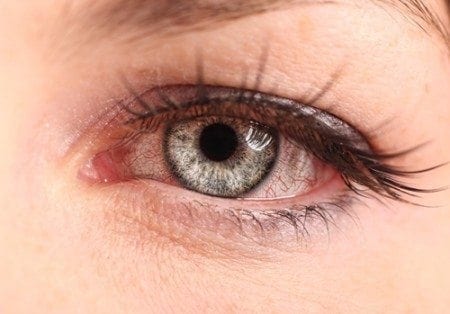Although you’ve probably heard of halogen bulbs, you may not be sure how they compare to other lighting products.
Despite their different name, these lighting solutions are actually a type of incandescent bulb. Halogen bulbs were created as a more energy efficient variation of the classic Edison bulb. To achieve these energy savings, the new device incorporates a unique feature.
Bulb composition
Incandescent bulbs produce light by passing an electrical current through a filament until it reaches a certain temperature. With halogen bulbs, the filament is encased in a special capsule that is filled with halogen gas. This addition improves the efficacy of the incandescence, allowing more light to be produced using less energy.
Some halogen bulbs have a reflective coating on the inside. This helps reflect the heat produced by the bulb back into the capsule, a feature that further increases efficacy. This process is often referred to as recycling. Without the coating, much energy is wasted, as it becomes heat exhaust.
A comparison with traditional incandescents
Although classic Edison bulbs are a fan favorite in the U.S., they are notorious energy wasters. In fact, 90 percent of the electricity they use becomes heat exhaust.
According to the U.S. Department of the Interior, halogen bulbs save 10 percent to 15 percent on energy compared to standard incandescent bulbs. They also offer a brighter, whiter light, which is a key benefit when coupled with the energy savings. For reading in particular, their bright light can be advantageous, as more reading light reduces eye strain.
Depending on preferences, their light might not be as attractive. Many consumers are accustomed to the warm yellow glow of standard incandescent bulbs and may not be as fond of the whiter color temperature.
In regard to initial price, the benefits come at a premium. However, the operational costs are lower compared to incandescent bulbs because you can get brighter light with fewer halogen bulbs and they typically last longer. Additionally, they tend to maintain their level of brightness for longer, meaning that they won’t dim as much over their lifespan.
Although halogen lighting solutions show marked improvements compared to traditional incandescent bulbs, they fall short of other energy efficient bulbs, such as compact fluorescent and LED products.
Fire risk
Although the bulbs’ ability to operate at higher temperatures to use less energy is advantageous, it can lead to higher risk for fires. Compared to other bulbs of all types, the chances of a fire with halogen lighting solutions is noticeably higher. Halogen bulbs can cause fires by making contact with combustible materials. If, for instance, one of these bulbs came too close to bedding, wood, paper, curtains or clothing, these items could catch fire. In a residential setting, where these items are common, such an occurrence is likely, especially if halogen bulbs are used with desk reading lamps.
The bulbs have also been known to shatter or explode. Due to the temperature, hot fragments can make contact with the aforementioned combustible materials and cause a fire. The same can be true if a lamp is accidentally knocked over.
While this risk exists and should not be ignored, practicing appropriate precautionary measures can be helpful in lowering the chance of a fire.
Where you can use halogen bulbs
The uses for these lighting solutions are as extensive as those of traditional incandescent bulbs. They can be used indoors and outdoors. Additionally, they are compatible with traditional dimming and timer controls and suitable for fixtures, table reading lamps and track lighting.
Halogen products can also be used as the two low-light bulbs in Microsun lamps if you need a dimmer lighting profile.



